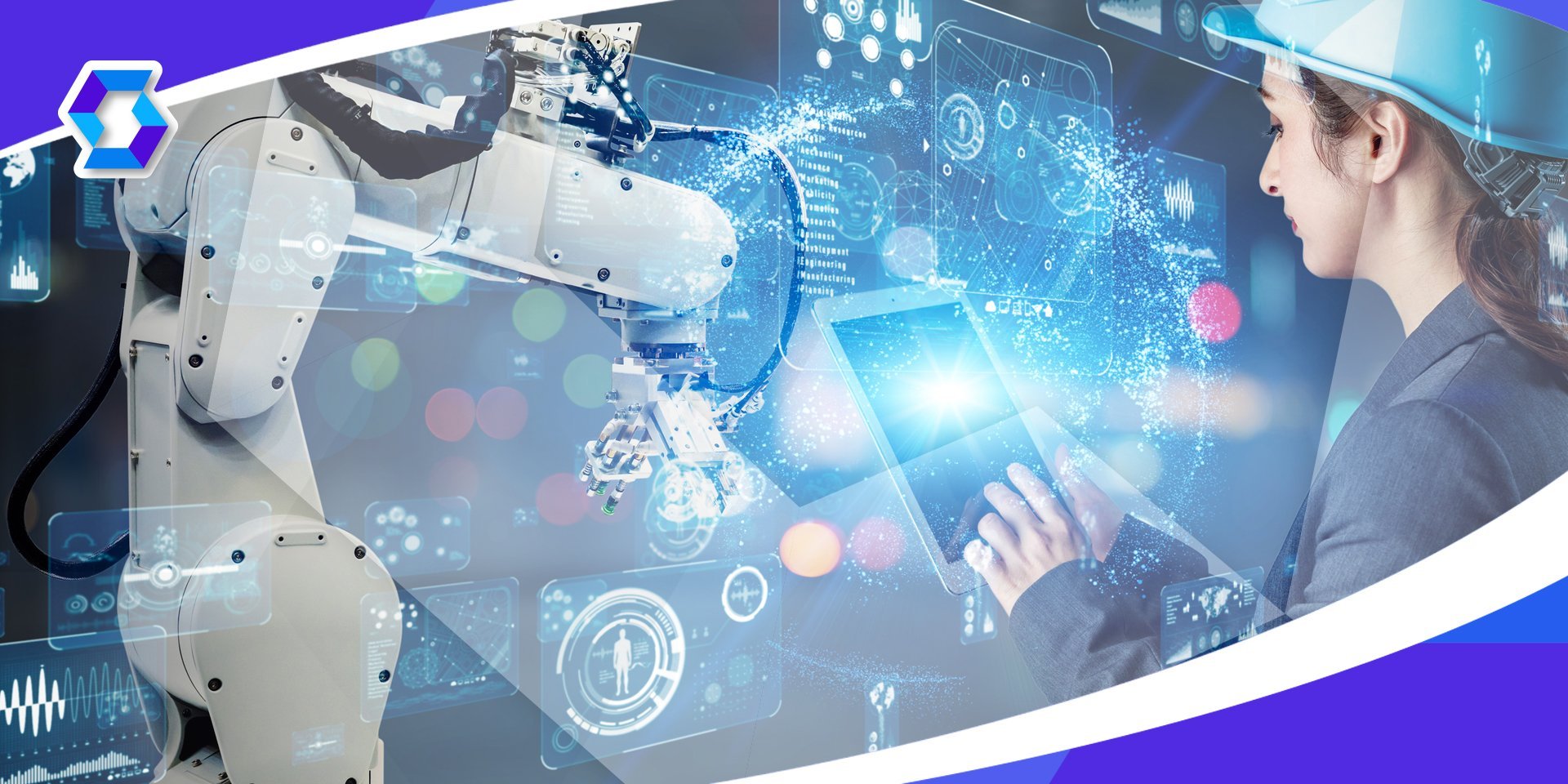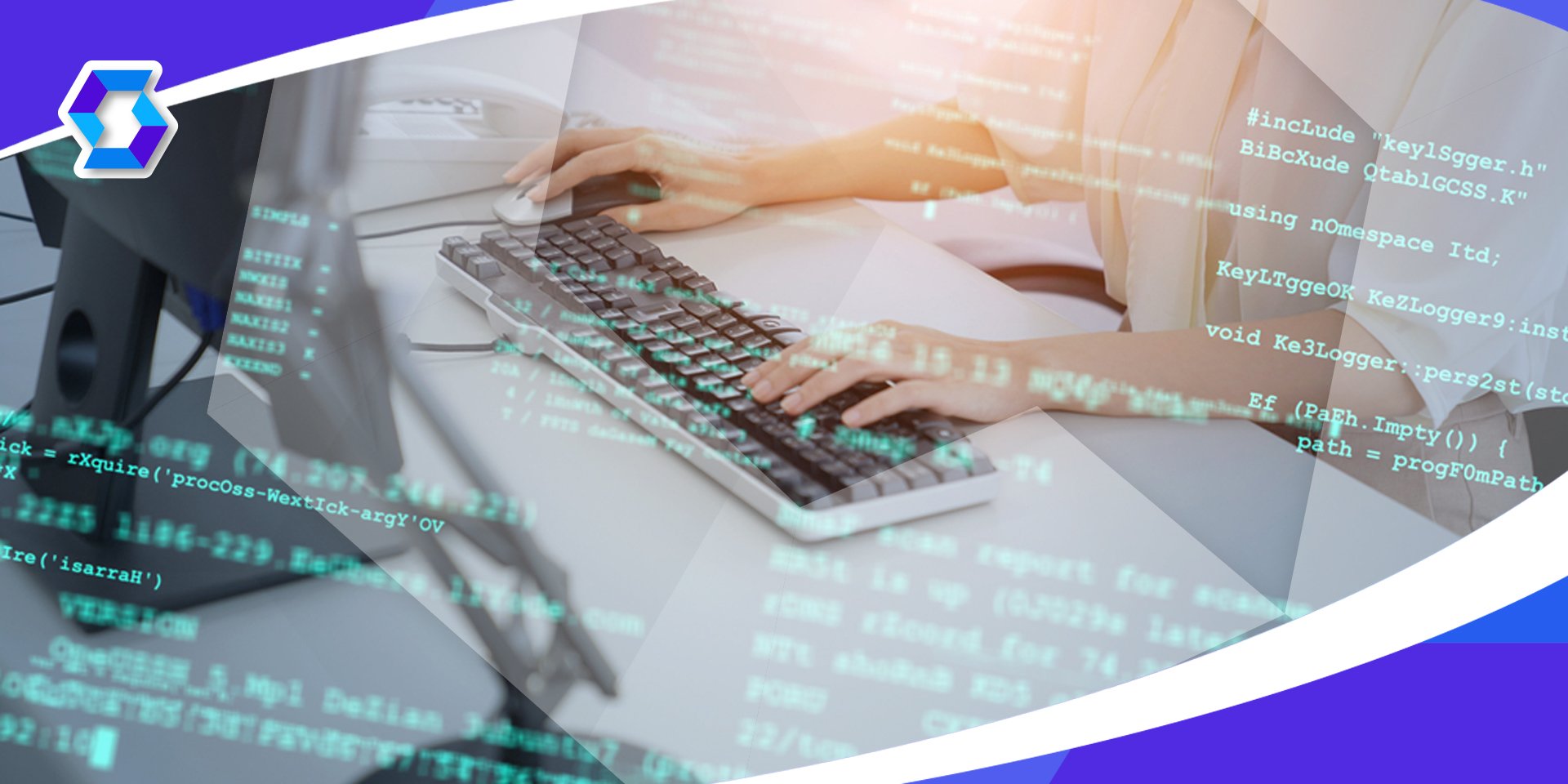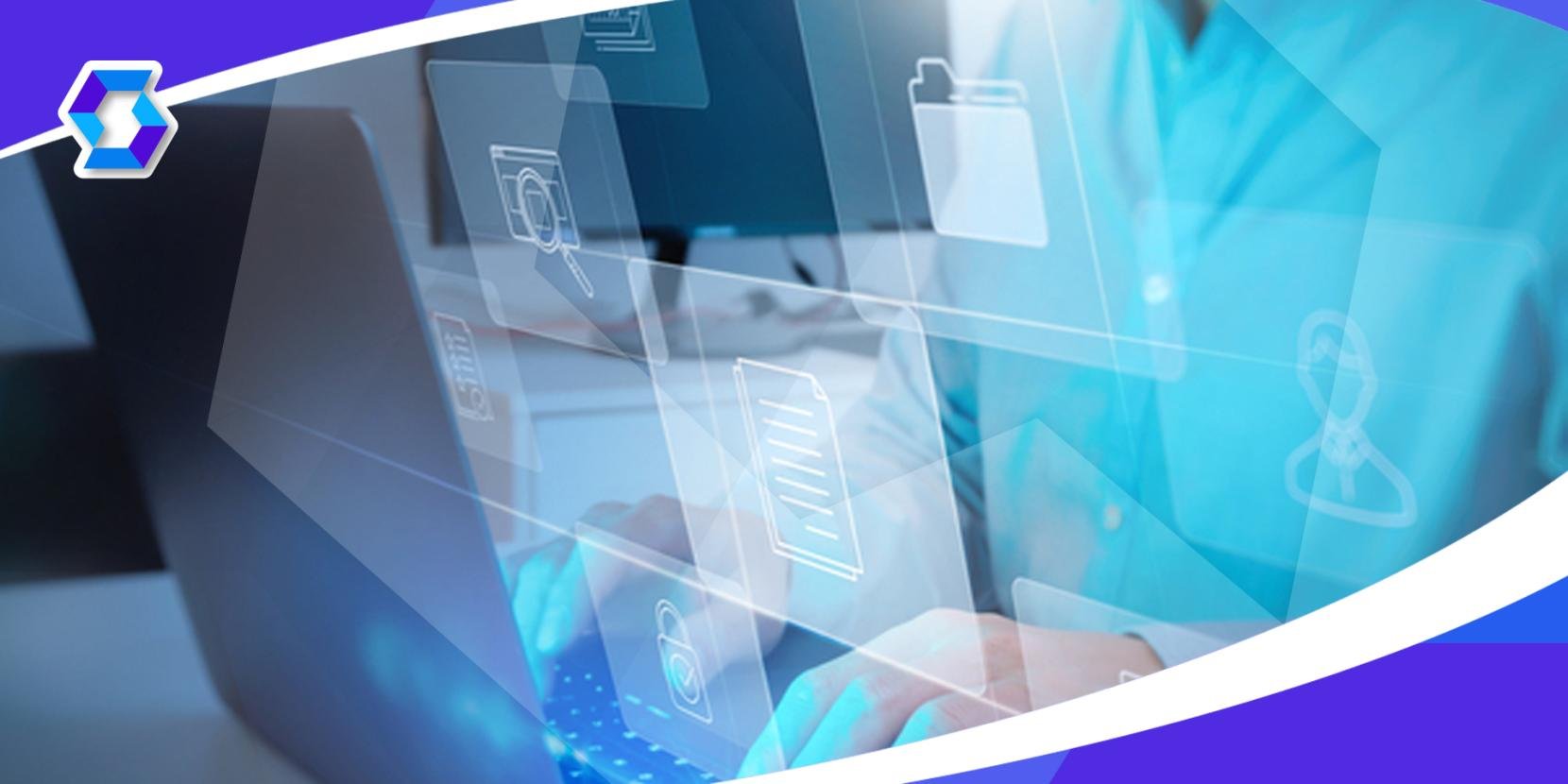SAP MII (Manufacturing Integration and Intelligence)
SAP MII (Manufacturing Integration and Intelligence) is an SAP application used to synchronize production operations with both back office business processes and standardized data.

WHAT IS MII?
SAP MII (Manufacturing Integration and Intelligence) is an SAP application used to synchronize production operations with both back office business processes and standardized data. The biggest reason that reduces efficiency in production facilities is that systems that operate differently from each other but that are connected cannot communicate with each other and each has a different control interface. To follow these systems is to return to the companies both as time cost and labor cost. At this point, SAP MII offers an expandable solution that makes complex structures simpler, understandable and reportable within the framework of Industry 4.0 standards by communicating different systems among themselves. Before we get into the details of SAP MII, we need to know what a few terms are. I can explain these with the simplest definitions and examples as follows;
What is IoT (Internet of Things)?
IoT (Internet of Things) is the communication (M2M) of all devices that need energy with each other. It is based on the fact that the machines in a huge factory, from small household appliances in our house, communicate and work in a systematic way. Devices make this communication over a network with unique identifiers (Id). The system performs its function as it is adjusted within itself, without the need for human control.
For example; you come to your house from outside in a hot July. Under normal conditions, you turn on your air conditioner at home by pressing the remote after you enter. If you have a new system air conditioner, you can adjust it by entering the application of the air conditioner on your phone on the way home. This is also an IoT system, but the trigger is human here. In an automated IoT system, your air conditioner, which communicates with your phone while you are driving, can calculate the traffic situation depending on your location and start itself 10 minutes before your arrival time. In this case, it will minimize the cost of early working or the inefficiency of working late. We can use these IoT systems in every part of our lives to make our lives easier.
A new concept emerges to use IoT systems more efficiently; Machine Learning
What is Machine Learning?
Machine learning, in simple terms, is an algorithm that predicts the result when a new input data is entered by looking at the results of certain input data. Since the system is focused on continuous learning in machine learning, the system saves this newly entered data and its result in the database and uses this last recorded data to predict the result of the next input data.
If we continue the machine learning example over the previous air conditioner example; Let's say there is a motion sensor at the entrance of the house. When you have 10 minutes left at home, your air conditioner will be connected via IoT with this sensor. If the person did not enter the house at the 11th minute, with the information obtained from this sensor, the system should turn off the air conditioner that cooled the house. Now, for a person who goes home after leaving his job under normal conditions, this system will bring his house to the desired temperature 10 minutes before he enters the house and work efficiently. Let's have a scenario like this; this person, who leaves work and goes home, starts walking for 30 minutes in the park next to his house every Tuesday and Thursday. Our air conditioner, which starts to work with IoT under normal conditions, will turn itself off after 11 minutes and when the person comes home, the house will not be as cool as he wants. At this point, in a system created using machine learning algorithms, by following the regular habits of the person, he learns that he should run the air conditioner 30 minutes later than normal on Tuesdays and Thursdays and will run the air conditioner in the most appropriate way. This example can most likely be attributed to a more powerful algorithm. Here I tried to explain with the simplest example.
We talked about machine learning as an example of an algorithm that records the activities of every single moment of the person's daily activities, records what days they do, and predicts what a person will do in real time from their habits. Saving this data all the time means hundreds of rows of records every day. At this point, we come across Big Data.
What is Big Data?
Knowledge is power! In order to access information, we need to process the data we have accurately and quickly. Big Data; It is the data that is analyzed, classified, transformed into a meaningful and processable form. Big Data takes the principle that the more you know about anything or any situation, the more reliably you can gain new insights and predict what will happen in the future.
What is Industry 4.0?
Industry 4.0 is the 4th generation of the industrial revolution, which basically aims to bring together industrial activities and information technologies. One of its main components is to use new generation software, low-resource consuming hardware, low-energy and space-saving machines.
We explained the importance of IoT, perhaps one of the biggest components of Industry 4.0, and what it is. With Industry 4.0, it is aimed to consume maximum efficiency and minimum resources from the machines in a factory. At this point, the MII module comes into play for companies using SAP. By using IoT with the MII module, you can combine all the communication between the machines in a single point and store every instant data in SAP ERP, process and report the big data. At this point, by using instant data and machine learning technology, it becomes possible to prepare the problem/low performance preventive measures that a person would prepare in a long time in a much shorter time.
WHAT DOES MII DO?
With the SAP MII module that can communicate and interact between SAP – Non SAP systems;
- It can follow the production via mobile,
- It can compare the efficiency of your equipment and report equipment with high maintenance costs,
- It can report the speed of the machines on the production line and the stops caused by the operator, and take actions to increase the performance,
- It can get product quality information, eliminate the quality-reducing factors and get rid of the scrap cost,
- The data in the production line and warehouses can be transferred instantly,
- It can monitor the process from start to finish, the bottleneck can be eliminated,
- Energy costs of each machine can be calculated separately,
- Production detail data of each product can be stored
Work can be carried out from home on a tablet or phone without going to the workplace…
MII ADVANTAGES?
SAP MII integration can assist a facility's manufacturing processes in a number of ways;
- Increased OEE: SAP General Equipment Effectiveness Management (SAP OEE Management) allows you to measure and analyze plant performance both in real time and retrospectively. It uses common sources of production data to obtain metrics that allow you to measure the availability and performance of equipment and the quality of goods produced by that equipment. With SAP MII, equipment downtime, productivity drops, and quality issues can be identified relatively quickly and easily across multiple hierarchy levels.
- Integrated: SAP MII provides interoperability between multi-shop and enterprise resource planning (ERP) and operational applications.
- Process Organization: Planning, execution, maintenance and quality management processes can be arranged on the basis of specific customers.
- Universal Platform: SAP MII enables rapid adaptation to other manufacturing processes in industries.
Visualization with SAP MII
SAP MII provides visualization of processes such as user-related information, production lines, material flow, OEE reports in order to better understand production processes and identify problems, by using SAPUI5 technology, instant data on mobile devices, by presenting instant information on visual graphics and graphic drawings of machines.
What is SAP Leonardo?
SAP Leonardo takes its name from Leonardo Da Vinci and is mostly thought to be a more advanced version of SAP MII. Contrary to what is known, Leonardo is not a module and it is not a product that I can use Leonardo in my company. We can say that SAP Leonardo is an approach that brings together advanced technologies (MII, IoT, Machine Learning, Big Data, Cloud…) in SAP at Industry 4.0 standards. SAP Leonardo aims to use the latest technologies in the processes of companies in the most efficient way with its R&D studies.



